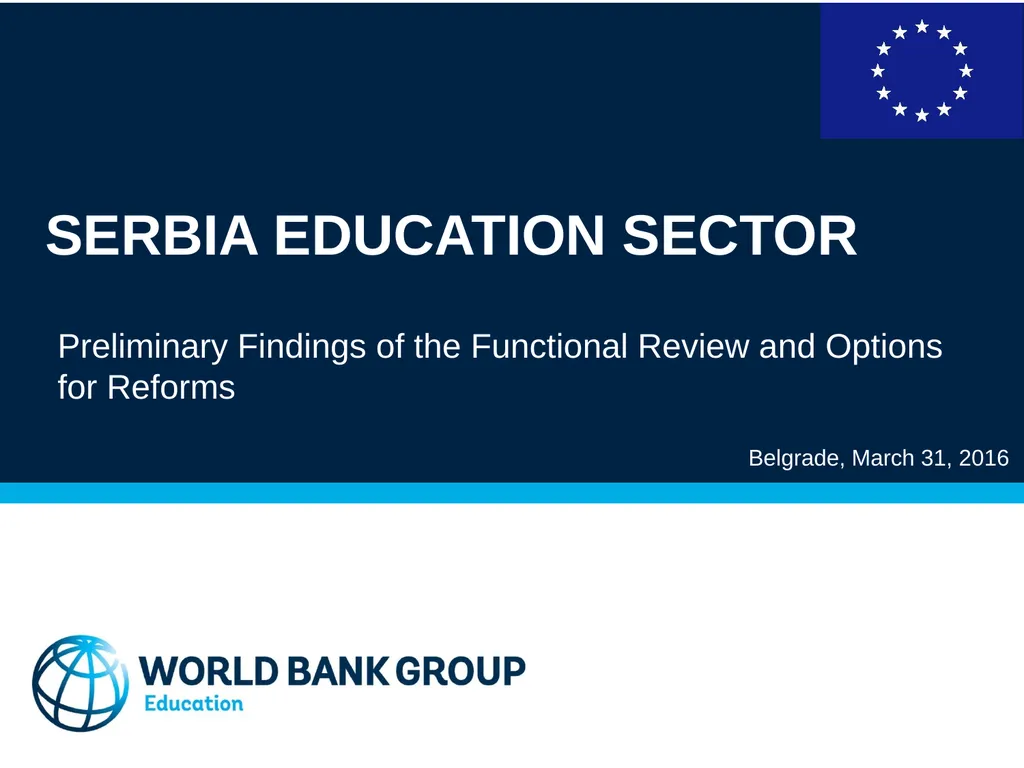
Serbia Education Sector Preliminary Findings of
Author: test | Published: 2025-08-06
Description: Serbia Education Sector Preliminary Findings of the Functional Review and Options for Reforms Belgrade, March 31, 2016 Section 1Context Skills are a critical foundation for jobs Cognitive Socio-emotional skills Economic development
Download Presentation
Download the PPT/PDF: Download
Transcript:
Loading transcript…